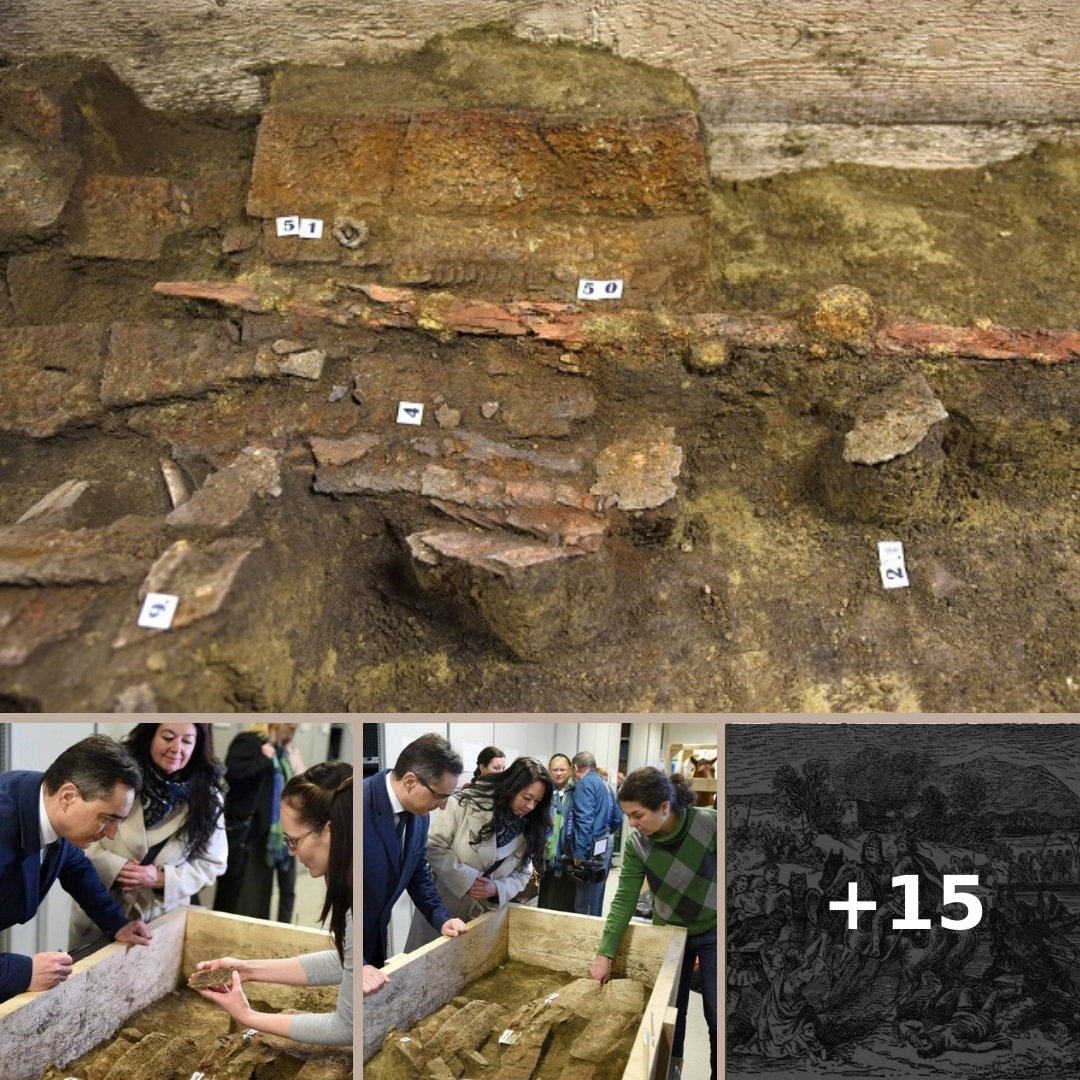The warrior was buried in the early 7th century C.E. and belonged to a group of fierce Eurasian nomads called Pannonian Avars.
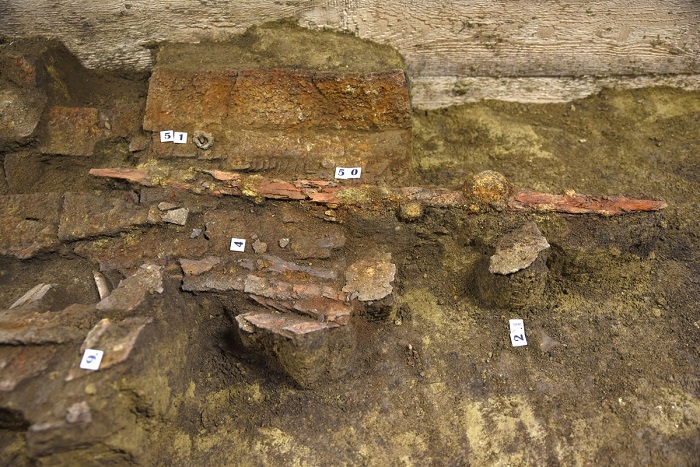
Around 1,400 years ago, an Avar warrior was laid to rest with his weapons and horse. Now, archaeologists in Hungary have come across his remains — and his shockingly well-preserved set of lamellar armor.
To date, the armor represents only the second complete example of lamellar armor found in the country.
The Discovery Of The Avar Warrior
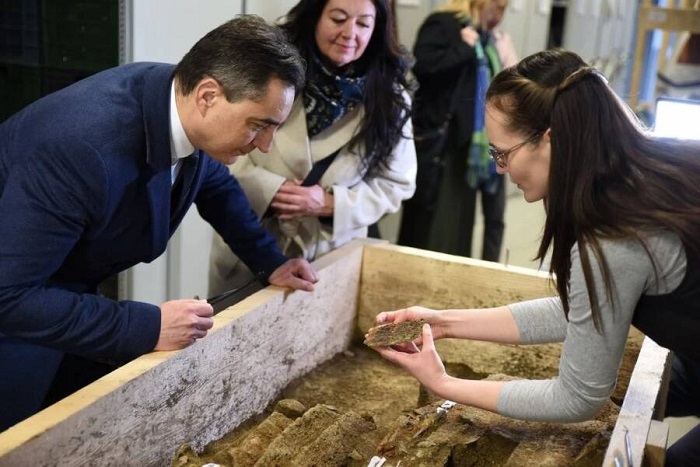
Archaeologists from Hungary’s Déri Museum discovered the warrior’s remains near the village of Ebes in eastern Hungary. The grave dates to the early 7th century C.E. and contains both the warrior and several objects that would have been important to him in life.
Buried above the warrior was the skeleton of a horse. As Heritage Daily reports, horses were often sacrificed in the Avar tradition and buried with warriors, as the animals were believed to possess supernatural powers.
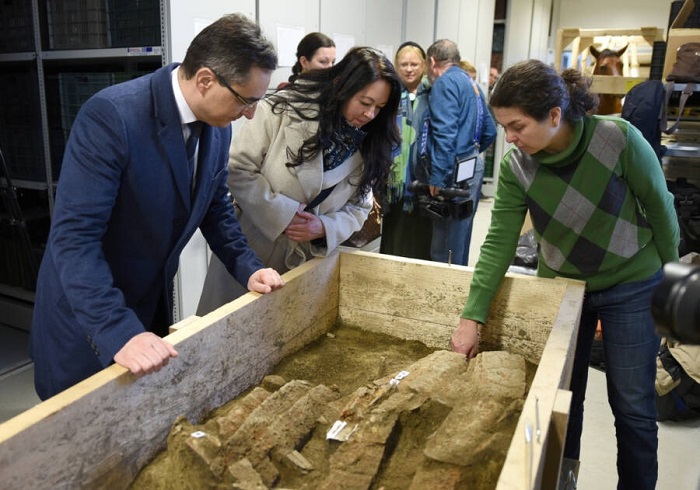
Atop the warrior was a stunningly complete set of lamellar armor. This kind of body armor was made of hundreds of rectangular plates called lamellae, which were stitched together.
Though fragments of lamellar armor have been found in graves before, it’s extremely rare to find a complete set like this one.
“The importance of the tomb is given by the armor, which — after the discovery of the museum’s archaeologists in Deretsk — is the second piece of lamellar… that can probably be said to be complete and relatively intact,” the Déri Museum said in a statement about the stunning discovery.
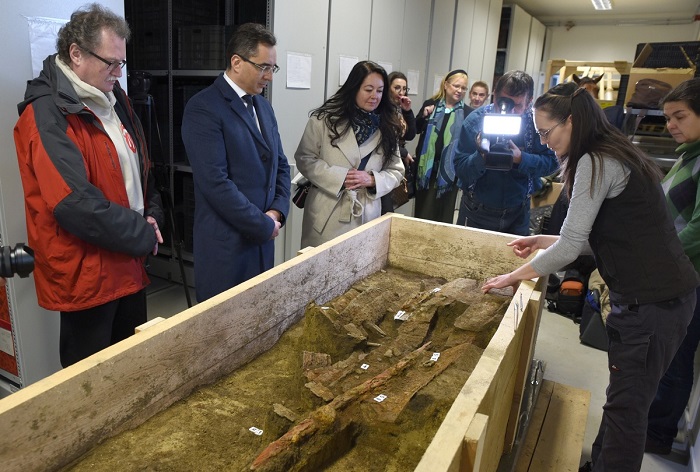
In addition, the warrior was also buried with a wooden quiver containing arrows, a bow, and his sword. These items — especially the armor — seem to suggest that the warrior enjoyed high status during his life.
And though little is known about him, he belonged to a group of nomadic warriors known for their prowess on the battlefield: the Pannonian Avars.
How The Avar Warriors Swept Through Europe
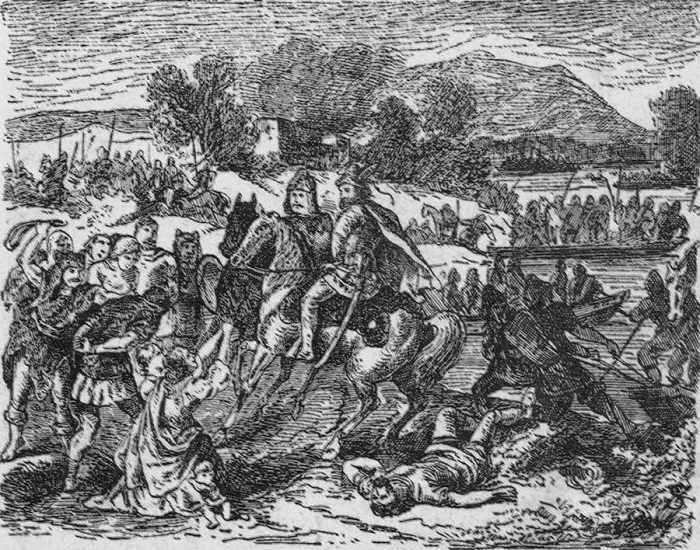
As Heritage Daily reports, the Pannonian Avars were a group of disparate Eurasian nomads whose origins can probably be traced to warriors in northern China. Through fierce invasions, they established a territory called the Avar Khaganate across swaths of modern-day Austria, Hungary, Romania, Serbia, and Bulgaria, as well as parts of Turkey.
Between 568 and 626 C.E. — likely within the lifetime of the warrior found buried in Ebes — they fought in the Avar–Byzantine wars and became known for their “invasions and destructive campaigns.”
This warrior, buried with honors and his horse, was possibly part of these wars or similar ones. But little more about his life and death is known at the moment. The Déri Museum reports that the 7th-century warrior has been dubbed “Rufus” for now.
Aside from that, researchers are hopeful that his armor and other grave items can shed new light on the Avar people, their military customs, and their burial rites.
After reading about the 7th-century Avar warrior found buried in Hungary with a surprisingly intact set of armor, look through these stunning images of historical armor — and learn the fascinating stories behind them. Or, discover the stories of some of the most brutal warlords in history.
